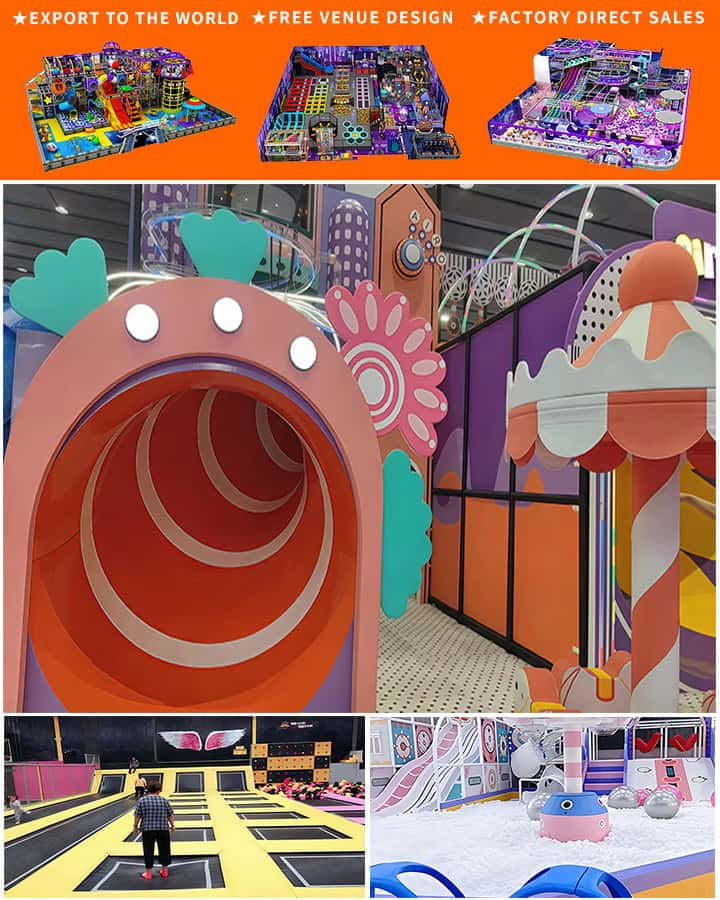When it comes to keeping your 3-year-old entertained, safe, and engaged indoors, creating or finding the perfect play area is essential. At this age, children are full of energy, curiosity, and creativity. An ideal indoor play area should not only be a fun space but also one that supports their developmental needs. Here, we explore some fantastic indoor play areas suitable for 3-year-olds and the benefits they offer.
1. Interactive Learning Centers
Interactive learning centers are designed to stimulate young minds while providing hours of fun. These spaces usually include educational toys, puzzles, and interactive games that enhance cognitive abilities and fine motor skills. Consider setting up a small table with building blocks, shape sorters, and simple puzzles where your child can freely explore and learn.
2. Soft Play Areas
Safety is paramount when designing a play area for toddlers. Soft play areas filled with foam mats, cushions, and soft toys provide a secure environment where children can tumble, roll, and crawl without the risk of injury. These areas often feature colorful structures and tunnels that encourage physical activity and imaginative play.

3. Sensory Play Spaces
Three-year-olds are at a stage where sensory exploration is crucial for their development. A sensory play area equipped with items like rice bins, water tables, textured fabrics, and musical instruments can captivate their senses. Such activities help in developing tactile sensitivity, auditory processing, and hand-eye coordination.
4. Arts and Crafts Corner
An arts and crafts corner allows children to express their creativity through drawing, painting, and other artistic endeavors. Set up a designated space with washable paints, crayons, markers, coloring books, and crafting materials. This not only keeps your little one engaged but also aids in developing fine motor skills and fostering an appreciation for art.
5. Role-Playing Stations
Role-playing is an excellent way for toddlers to understand the world around them. Set up stations where children can engage in pretend play, such as a mini kitchen, doctor’s office, or shop setup. These activities help develop social skills, imagination, and even language as children mimic adult behavior and interact with peers or family members.
6. Reading Nooks
A cozy reading nook with a collection of age-appropriate books can ignite a love for reading. Comfortable seating, soft lighting, and a variety of picture books create an inviting space for your child to dive into stories. Reading together not only strengthens the parent-child bond but also supports language development and comprehension skills.
7. Indoor Obstacle Course
Physical activity is important for a growing child. Creating an indoor obstacle course using pillows, low boxes, and soft toys challenges your child’s coordination and balance. Incorporate elements like climbing over “mountains,” jumping through “hurdles,” or balancing on a beam to keep them active and engaged.
Conclusion
Designing an indoor play area for 3-year-olds requires thoughtful consideration of their developmental needs and safety. By incorporating elements from these suggested play areas, you can create a vibrant, educational, and enjoyable environment where your child will thrive. Remember, the key is to provide a variety of activities that cater to their evolving interests and support their growth in multiple aspects. Whether it’s through creative play, sensory exploration, or imaginative adventures, your indoor play area will become a treasured space for endless fun and learning.




